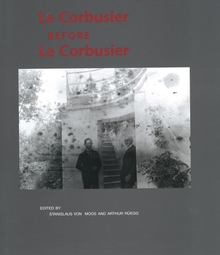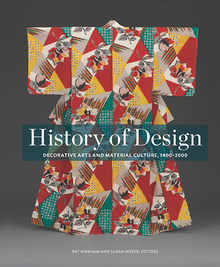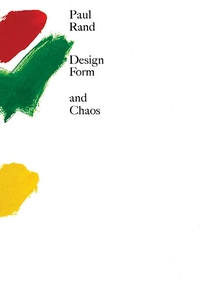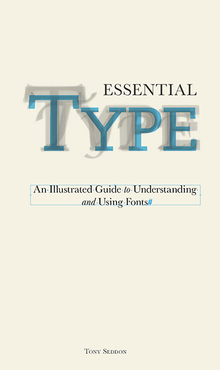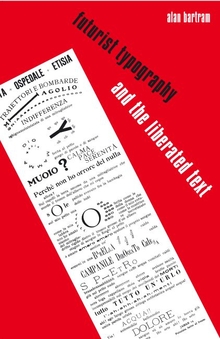Le Corbusier before Le Corbusier
WARNING
You are viewing an older version of the Yalebooks website. Please visit out new website with more updated information and a better user experience: https://www.yalebooks.com
Applied Arts, Architecture, Painting and Photography, 1907-1922
Edited by Stanislaus von Moos and Arthur Rüegg

Read this book online via the A&AePortal, our art and architectural history eBook platform. To learn more about how to access this book, please contact us.
Out of Print
In his numerous writings, Le Corbusier remained uncharacteristically silent about his early career. This intriguing book examines his nascent years as a designer and architect, focusing on the period from 1907 to 1922—the year he changed his name from Charles Edouard Jeanneret and established his identity as Le Corbusier. The contributors to the book offer in unprecedented detail an account of Le Corbusier’s formative years and the cultural, intellectual, and artistic concerns that absorbed him as a young artist in Switzerland and Paris.
From 1907 to 1922 Jeanneret learned the art and craft of architecture and design, and defined his own image as an artist. The book discusses the cultural climate of his Swiss hometown, La Chaux-de-Fonds; his early mentors, friends, and clients; his educational pursuits, including his self-designed Grand Tour; and his first successes as an architect and designer. More than 350 illustrations—including architectural drawings and models, watercolors, sketches, photographs, and furniture—show the range of young Le Corbusier’s work and illuminate the principal themes and issues of his formative years.
From 1907 to 1922 Jeanneret learned the art and craft of architecture and design, and defined his own image as an artist. The book discusses the cultural climate of his Swiss hometown, La Chaux-de-Fonds; his early mentors, friends, and clients; his educational pursuits, including his self-designed Grand Tour; and his first successes as an architect and designer. More than 350 illustrations—including architectural drawings and models, watercolors, sketches, photographs, and furniture—show the range of young Le Corbusier’s work and illuminate the principal themes and issues of his formative years.
Stanislaus von Moos is professor of modern art at the University of Zurich. Arthur Rüegg is professor in the School of Architecture at the Eidgenössische Technische Hochschule, Zurich, and also a practicing architect.
“Half of the volume is given over to a catalogue of works that is organized as a exposition of the forces which impelled Le Corbuiser’s early formation. . . . The other half of the volume consists of substantial essays by leading scholars in the field. This is a significant contribution to that large bibliography.”—Virginia Quarterly Review
"Superb. . . . This thorough study of his early development adds significantly to the already overwhelming literature about him."—Christopher Benfey, New York Times Book Review
"Excellent illustrations. . . . Rarely do we see the visual language of a designer so well documented and deeply interpreted as in this book."—Library Journal
"Von Moos and Ruegg have added immensely to our understanding of the structuring of Charles-Eduard Jeanneret/Le Corbusier as well as to the prefatory stages of the Modern Movement. [A] masterly introduction. . . . Readable, richly informative text . . . fascinating illustrations. . . . Students of art, architecture, design, and cultural history will also value the excellent bibliography, endnotes, and the thematic catalog. . . . Essential for faculty and graduate students, this volume will attract readers in the profession of architecture and beyond."—Choice
ISBN: 9780300093575
Publication Date: August 11, 2002
Publishing Partner: Published in association with the Bard Graduate Center for Studies in the Decorative Arts, Design and Culture and with the Langmatt Museum, Baden, Switzerland
Publication Date: August 11, 2002
Publishing Partner: Published in association with the Bard Graduate Center for Studies in the Decorative Arts, Design and Culture and with the Langmatt Museum, Baden, Switzerland
324 pages, 9 1/2 x 11 1/4
200 b/w + 150 color illus.
200 b/w + 150 color illus.

